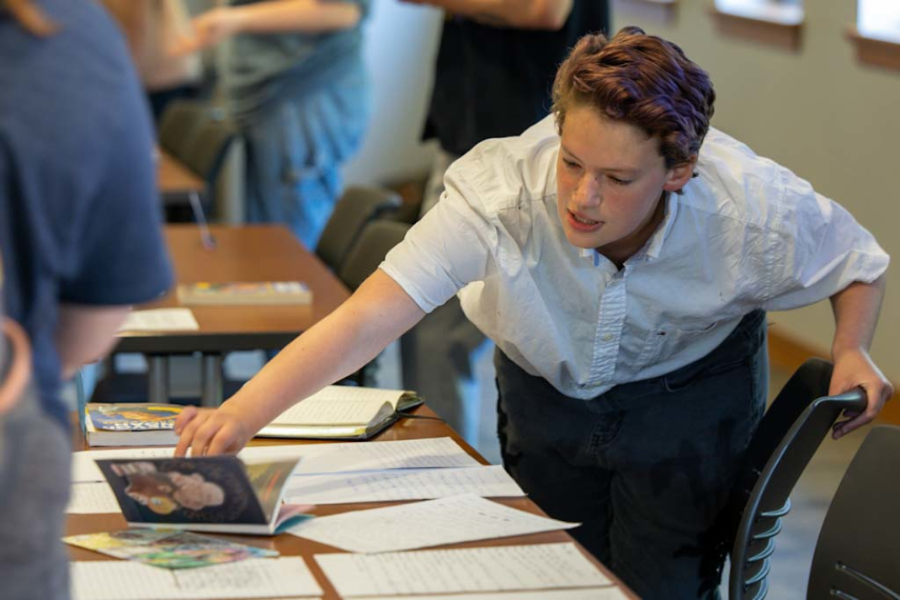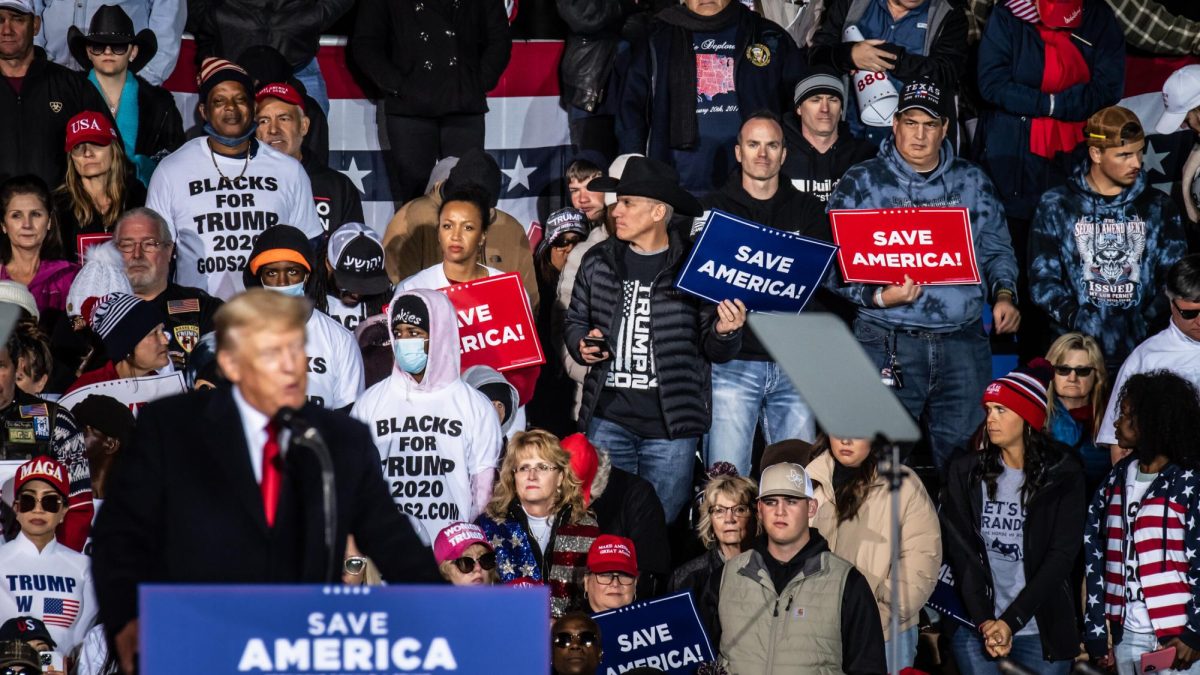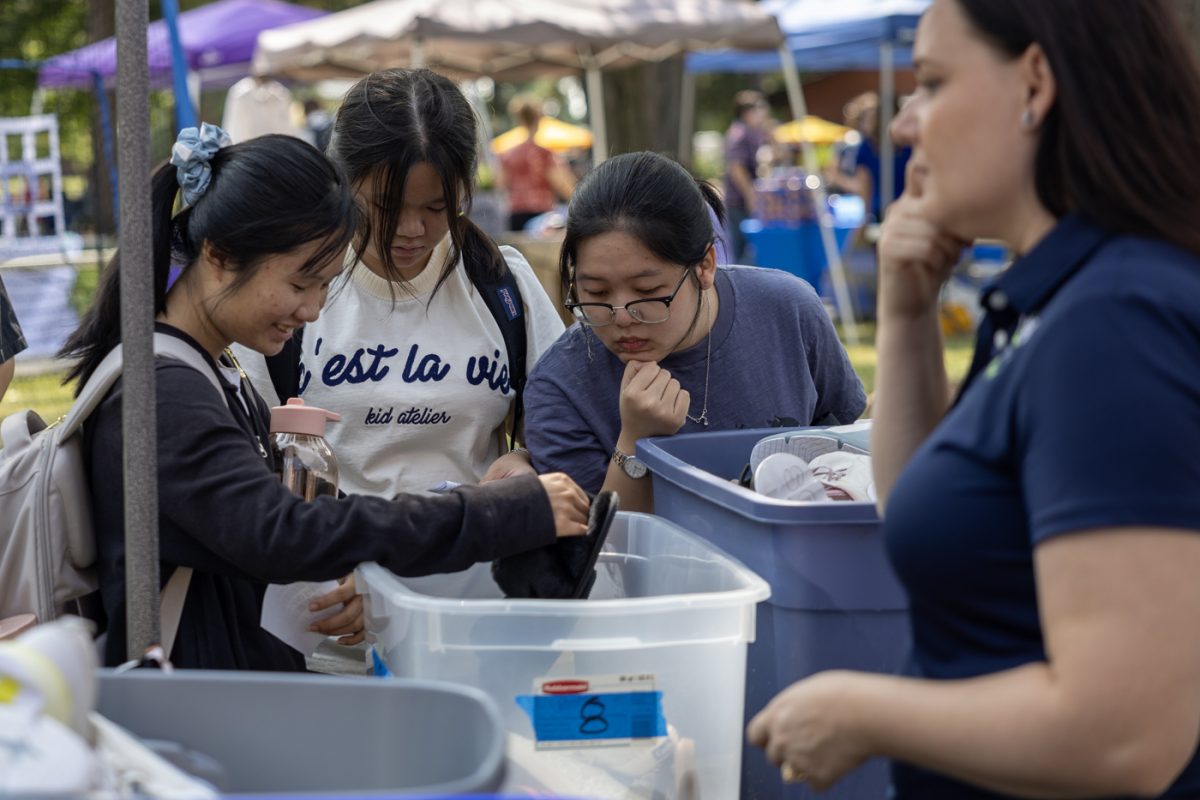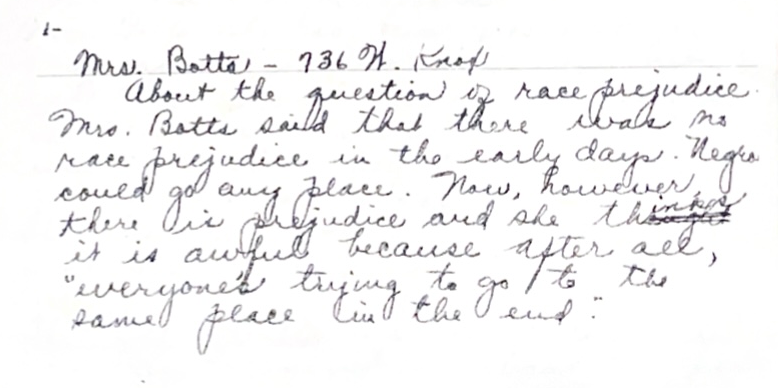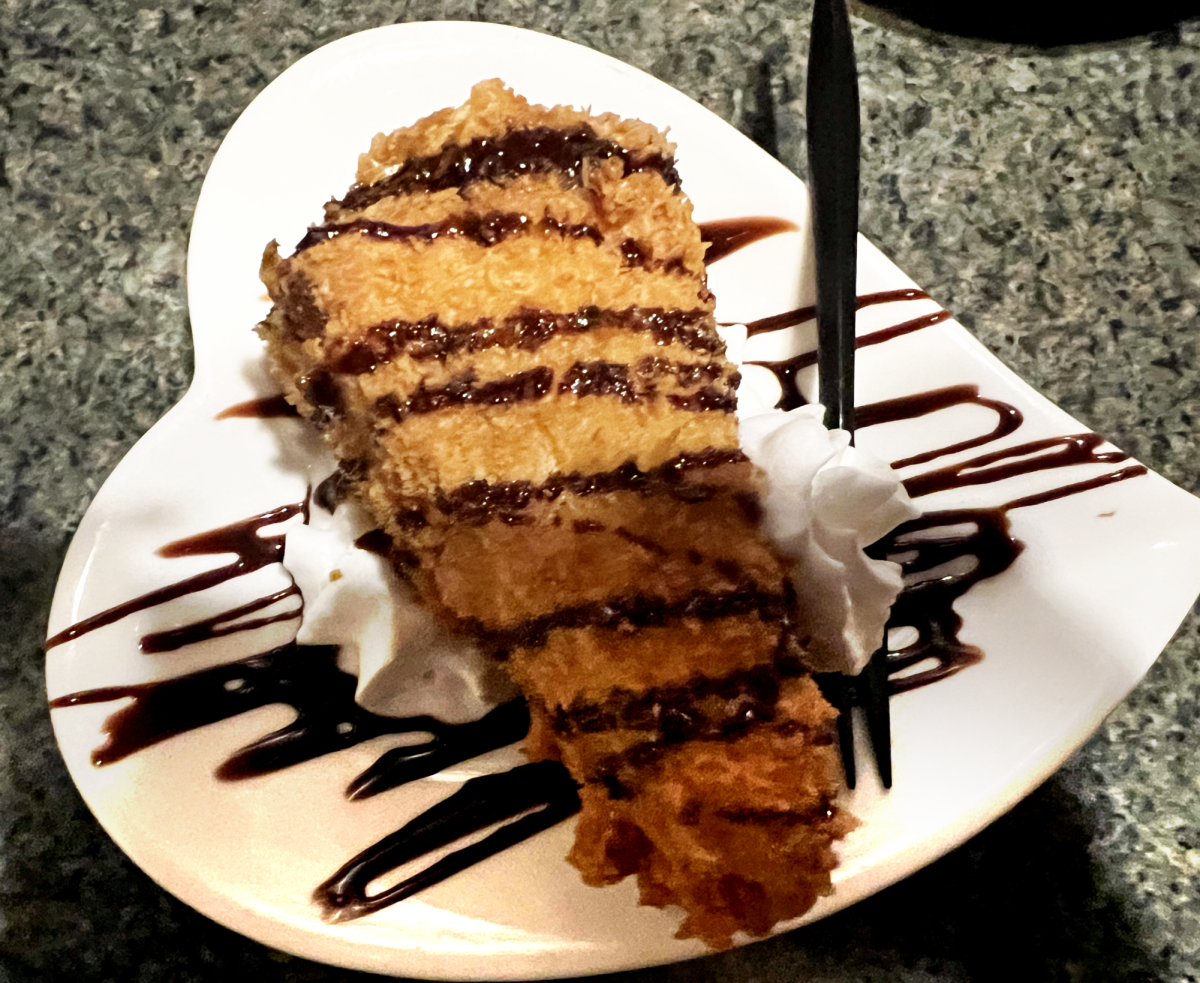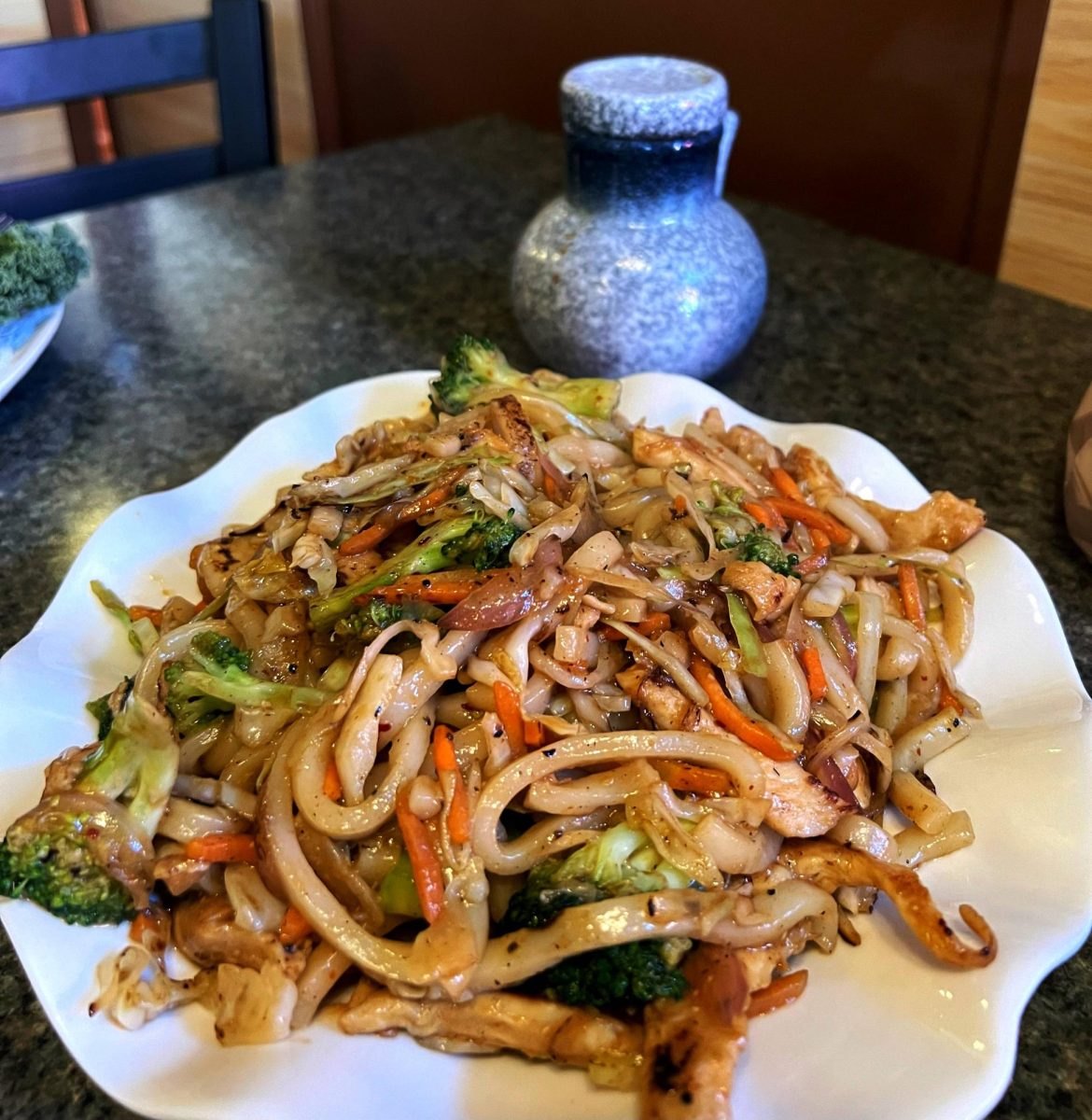There is a lot of money that rides on Division I college athletics, specifically basketball and football. Those two sports fund other sports programs and then the in-house media teams that are part of each program, the journalists that cover the teams, and more. There has always been the dichotomy of watching college athletes playing but not being paid while being part of a sports program generating billions. Now, college athletes are playing during a pandemic and still not reaping a benefit. Watching college football has been a bit different this year.
USA Today reported that the U.S. set another single day case record on November 11th. The number of hospitalizations has risen almost 50 percent in the past two weeks. November has particularly been a loss for America, with 1 million people affected by the virus. Yet, there’s football still being played and players that are still traveling.
COVID has also negatively affected college football. The SEC has canceled three games recently and pending because of COVID outbreaks. Maryland versus Ohio State had to cancel their game. According to Dennis Dodd of CBSsports, 52 NCAA football games have been canceled or postponed as of November 12th.
“On the surface, that shouldn’t be a surprise. Ten of those games were lost last weekend at the same time COVID-19 cases were spiking in 43 states,” Dodd said.
According to the New York Times, the U.S. broke 150,000 reported cases on Thursday, November 12th, alone.
Players want to play. A coalition of them came together to advocate for playing. However, it is still unsettling to see examples of packed stadiums at Florida State when some professional teams still will not allow that many fans. While, yes, young people are not at a comparatively big risk of having serious implications from the virus, it can still do a number on healthy athletes, in addition to the long term effects that we do not know about yet.
Ryquell Armstead is a 23-year-old running back for the Jacksonville Jaguars. He is not expected to play again this season because of COVID-19 complications. Not every case is the same, which is why extreme measures have to be taken.
Watching college football can already take certain patience, from the harsh, gut-wrenching hits to the exploitation of student-athletes.
Kaelen Jones of The Ringer previously covered Texas Longhorns Football for The Athletic. Now, the Arizona State alum covers the NFL. Jones believes that athletes shouldn’t be out there.
“The college athletes, you know, aren’t getting compensated in any type of monetary value. They’re just putting their lives at risk, ultimately for, at maximum, a scholarship, and maximum to play the game. At a minimum, these kids are ultimately just playing a game that doesn’t generate them personally, any money,” Jones said.
“But, when you look at these universities and the schools and colleges and TV networks that benefit from their labor then raking in millions of dollars off this kind of stuff, which athletes do not see a dime of outside of their scholarship. And to me, the value of the scholarship and the degree really doesn’t compare.”
The most important factor in why Jones believes that college athletes shouldn’t be playing is the virus’s unpredictability.
The uptick in collegiate COVID cases has to do with the environment and reality of their situation. These universities have a large, diverse student population. Collegiate athletes can’t have a bubble because they are still students. For football, there is not a feasible way to do it because of how large the rosters are. You cannot just seal them away because then the NCAA would run into their old friend, amateurism.
Sports journalists are in a stranger position than the casual observer or fans. This is their job. It is their job to write about sports and to cover athletes. That is the disconnect between journalists and outsiders. While yes, it is in their best interest for college sports to happen, they are still people as well.
Graham Hall is a Gators correspondent for the Gainesville Sun and a University of Florida alum. Hall was preparing to drive to Nashville to cover the Florida men’s basketball team in the SEC tournament when the pandemic really started to take shape.
“I, as anyone can tell out there in the climate with sports, that jobs are just not readily available right now. And you know, I like many people out there. I’m still an independent contractor who absolutely relies on the number of games happening,” Hall said.
Despite this, Hall never let his personal needs intertwine with his job.
“I instantly saw, ‘Oh man, I’m going to be out several thousand dollars.’ Not once did I think I need to write a column advocating for sports to return, or I need to tell people this needs to be back in order. We need to get back to business because of my own personal factors that that is something you, as a journalist, can never let creep into your work and affect your objectivity,” Hall said.
Since the fall, Hall has been watching high school football in addition to Florida Gators college football.
“I’m definitely a little uneasy when I’m on the sidelines, just because of the number of people that will take their masks off or have taken their masks off, and those not having masks on,” Hall said. “I’m getting bumped into by players who have jerseys on and the football, you know, it’s a reflex, and a football comes after you, you pick it up. In this day and age, it’s kind of like, ‘Oh, I probably shouldn’t do that anymore.'”
C.J. Holmes covers the Philadelphia Big 5 of college basketball this year for The Athletic after being a general assignment reporter in Arizona.
Holmes was torn on college sports being played.
“I was a little torn. There are two fronts. The first front is I’m a sports journalist, right. It’s hard for me to do my job without sports. So, in a way, I was relieved that sports are coming back in, you know, people would remain employed and be able to do what they love and actually, you know, do their jobs this year,” Holmes said. “Early in their summer, at first, it was looking like there might not be any sports at all.”
“So, from that standpoint, it’s great that these teams found a way to make this work, but on the other front of things, it’s like, these are college athletes, right? Kids are amateurs, you know, if these kids start getting sick, there’s going to be a big problem.”
College basketball is the next that will be played starting November 25th. There will likely be no fans attending because of the risk of transmission in an inside facility.
However, who knows if that will even take place. Multiple programs have shut down due to COVID tests within the school. Syracuse just became the latest school to shut down after head coach Jim Boeheim tested positive for COVID-19. His diagnosis came almost a week after Tom Izzo of Michigan State tested positive. Former Louisville coach Rick Pitino floated the idea of pushing back the start date of the season due to the COVID surge engulfing the nation.
Pitino told the New York Post, “The NCAA has always been an organization that tries to do the best for the student-athlete, but they are very reactive. They’re not proactive, and this calls for measures right now that are very proactive,” Pitino said. “The writing is on the wall that this virus is spiking and out of control, and with the protocol and the rules set forth, it’s impossible to have a season.”
Pitino’s comments came before the announcement that the Ivy League would not be having a season.
As we’ve already seen this college football season, there will be positive tests and postponements. The season hasn’t even started yet, and we’ve already seen cancellations and postponements. Duke and Arizona – two of the premier programs in College Basketball – have canceled their season openers. Heck, Florida’s Men’s team has canceled their first two games as well due to COVID-19.
One reason. The NCAA is prioritizing money and their business model over the health of the student-athletes. They have instituted numerous guidelines and procedures to try their best to keep the athletes safe. However, as we’ve learned since March, there’s only so much you can do to protect yourself from the virus when you’re out in the world.
However, players want to play. They want those memories of playing college basketball and college football. On the one hand, you have the NCAA profiting over these student-athletes playing during a pandemic. On the other hand, you have to weigh the player’s interest in playing as well.
It’s also naive to assume that a player will contract the virus and be right back ready to play because of how different everyone’s situation is. We’ve seen Boston Red Sox pitcher Eduardo Rodriguez have some lasting after-effects after his bout with COVID-19.
“The problem – COVID-19 – is more widespread out there, and anyone assuming, ‘Oh, everyone who tests positive is going to be back on the field, or court, 10 days later; they only had mild cold symptoms.’ Having that line of thinking be so widespread is pretty dangerous to me,” Hall said.
A current model conducted by Washington University in St. Louis projects that the amount of COVID-19 cases will double by January 20, right in the thick of the season.
The NCAA needs a plan to protect the players. Shorten the schedule, limit to conference-only games. No one wants to see the NCAA cancel the tournament again. No one wants to see the athletes go through a COVID-19 ravaged season where it spreads rapidly throughout the 400+ programs in college basketball.
Edited on November 30th 2020.


